After Japan resumed accepting foreign visitors on October 11, 2022, one travel writer returned. What you need to know to prepare for your journey and how it feels are described below.

On October 11, 2022, Japan's borders were again open to individual travelers after more than two and a half years. I arrived at the Land of the Rising Sun three weeks later.
I immediately fell in love with Japan after my first trip there in 2016. It's a place that perfectly combines culture, cuisine, and spectacular vistas, and I immediately felt at home there. After that journey that changed my life, I started going to Japan for one to three months every year up to the epidemic.
Early in February 2020, just before COVID-19 started to make its presence felt, I last visited Japan. I had intended to stay longer, but I had to leave sooner than anticipated because of a personal issue that developed back home. It's okay, I told myself; I'll be back shortly. I had no idea it would be more than two and a half years before I returned.
Japan took a very long time to reopen. With a daily limit of 20,000 people, the nation lifted restrictions in June, allowing only escorted tour groups to enter. Non-guided tourists on "package tours" were allowed entry into the nation starting in September. However, as of October 11, 2022, everyone is welcome in the island country and can move around the place without restriction.
After learning the news, I immediately texted my cousin and her partner so we could rearrange our plans and go as soon as possible. We quickly made travel arrangements to land in Tokyo on October 30. And with that, we were returning.
How to Prepare Before You Travel
Travelers can now quickly enter and exit Japan thanks to the full reopening of its borders. You must have all the required vaccinations (including your initial course and booster) or provide documentation of a COVID-19 PCR test result that was negative and obtained within 72 hours of your flight.
Additionally, you must download the MySOS app before leaving. You will be required to complete a pre-registration form, answer a Fast Track questionnaire, and upload pictures of your passport, vaccination card, and COVID-19 test results. The final review procedure takes approximately an hour to complete, but for peace of mind, I suggest doing it at least a day before you go.
How I arrived
I booked a flight on Japan Airlines using my American Airlines miles (both are part of the One World alliance). For a roundtrip economy ticket, award flights started at 70,000 miles, 10,000 more miles than pre-pandemic prices.
Although we could check in online, we had to wait at the airport to get our boarding cards. The ticketing representative requested to see our passports and the MySOS app findings at the check-in counter (explained below). JAL workers told us masks were necessary on board our 12:30 p.m. aircraft to Narita International Airport. The rule is closely followed; I observed an attendant wake up a sleeping passenger so they could put theirs on.
Our aircraft was roughly 75% full, and we touched down in Japan a few minutes ahead of schedule at 3:45 p.m. Those connecting (going to a second location inside Asia) passengers were ordered to remain seated as those staying in Japan deplaned. I noticed that many passengers stayed aboard the aircraft, which told me that I probably wouldn't encounter many American visitors on my trip. As we got closer to the immigration line, employees started scanning the MySOS app and directing people to the correct lines based on the results. My Fast Track survey came back with a green letter B. I would have been in the same line if I had received a blue letter B, but I would have been in a separate line if I had received a yellow or red letter. Our immediate destination was a "quarantine booth," which was only a checkpoint (no actual quarantine was necessary). An agent there scanned our MySOS QR code and gave us a one-sheet on COVID-19 measurements. We then went through the customs and immigration processes as usual. The airport had a deficient population, so it just took 30 minutes.
What to Know About the Changes to the JR Pass

Since 2020, the renowned Japan Rail pass, which gives you access to Shinkansen (bullet trains), has significantly improved. Although you can still purchase them from specific authorized sales locations in the United States, you can now do it online, enabling you to book trains in advance. Even while you still have to pick up your physical pass and tickets from a JR office after making an online purchase, this gives you time to prepare (which will come in handy once tourism is back in full force).
There are now dedicated machines at train stations to reserve seats with your JR Pass and buy passes online. In the past, doing so required standing in line and speaking with an agent. You can also use the automatic turnstiles instead of standing in line to present your pamphlet to a staff member because they are now distributed as tickets rather than laminated booklets.
Costs for bullet trains quickly add up. The JR Pass may be cost-effective for you if you visit several places. The rail pass offers unlimited travel on JR trains and buses and is available in seven-, fourteen-, and twenty-one-day increments.
What Life Is Like Currently in Japan
The quick response is that it's usual, although much less congested. Although there were a lot of Western tourists on my trip, except for those in Kyoto, intra-Japan tourism has always been vital in the nation. However, there were also quite a few visitors from the Asia-Pacific region and several from Europe. The wearing of masks is extensively promoted in a society where it has long been the cultural standard to do so, even though they are not needed in most places, including on trains and other public transportation. I seldom ever saw somebody on the bus or train without a mask.
We were welcomed at The Peninsula Tokyo with friendly grins when we arrived. The hotel company, with its headquarters in Hong Kong, is praised for its exceptional service, and this is also true in Japan, where omotenashi, or hospitality, is widely regarded. After checking in, we promptly arrived at our accommodation, which had a view of the Imperial Palace and Hibiya Park grounds. We set out for the nearby Ginza shopping district, where we visited a few apparel and stationery stores, eager to get our feet wet. We wandered a few hours before heading back to The Peninsula and ordering room service. The building is affiliated with Ippudo, a ramen institution known for its savory tonkatsu (pork) broth and delicate Hakata-style noodles. In addition to avoiding long lines and enjoying this sumptuous noodle meal in the privacy of our rooms, we were also able to personalize our bowls with 12 attractively displayed toppings. Spicy cod roe, pickled ginger, fried garlic, and, my favorites, a boiled soy egg and Cantonese-style char siu (barbecue pork) from the hotel's renowned Chinese restaurant, Hei Fung Terrace, were among the accouterments.
We were all suffering from severe jet lag, so we all had to wake up in the middle of the night. I debated going for a swim in the hotel's 66-foot heated indoor pool, but we utilized the yoga mat and foam roller in our rooms before going downstairs to the lobby for breakfast. Several selections were available, including Western, Chinese, and Japanese cuisine. Additionally, there was a particular "Naturally Peninsula" offering focused on shojin ryori, or vegan Buddhist cuisine.
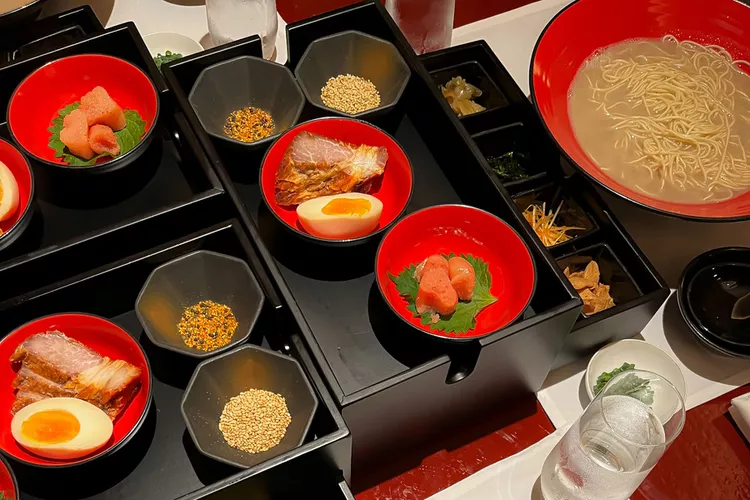
We traveled about Tokyo's various neighborhoods while there, primarily for shopping. We gallivanted through Harajuku, Shibuya, and Akihabara—particularly well-known for electronics, anime, and video games—because my traveling companions are giant characters (Pokémon, One Piece, Doraemon, Gundam). Instead, we opted for a more relaxed dining experience, enjoying the renowned chicken katsu sandwiches at Maisen, picking up bento boxes at depachika (food halls in the basement of department stores) to bring back to our room, and tucking into sushi at Toyosu Market. Since this was a last-minute trip, I knew it would be challenging to snag reservations at highly sought-after fine-dining establishments. A goldmine for social media content, teamLab Planets is an immersive digital art museum with water and garden shows. We would return to The Peninsula every night utterly exhausted after walking more than 20,000 steps but eagerly anticipating the Japanese-themed turndown amenity, which was a bonus for suite guests and included a bottle of the hotel's own sake, traditional masu cups, and a white chocolate bear sporting The Peninsula's trademark uniform. After a 15-minute foot soaks to relax our achy hooves, we'd fill the bathtub with hot water and retire to the comfortable mattresses.
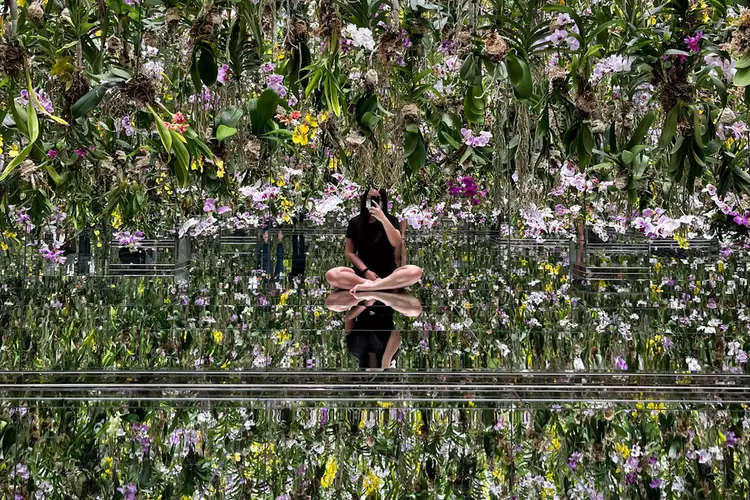
We spent three nights in Tokyo, then drove five minutes to Tokyo Station to buy food for the train to Takayama. This small city, hidden in the mountainous Hida region of Gifu Prefecture, features an ancient town that has been wonderfully kept and is surrounded by shops offering sake and trinkets. We decided to stay at Temple Hotel Zenkoji, a shukubo (temple lodging) connected to its namesake worship site, to have a more distinctive experience during our visit. Only five rooms are available at Temple Hotel Zenkoji, and the Wind room—the largest—was the last one. We adored the inside garden view and the traditional design, which included tatami mat floors and shoji screens.
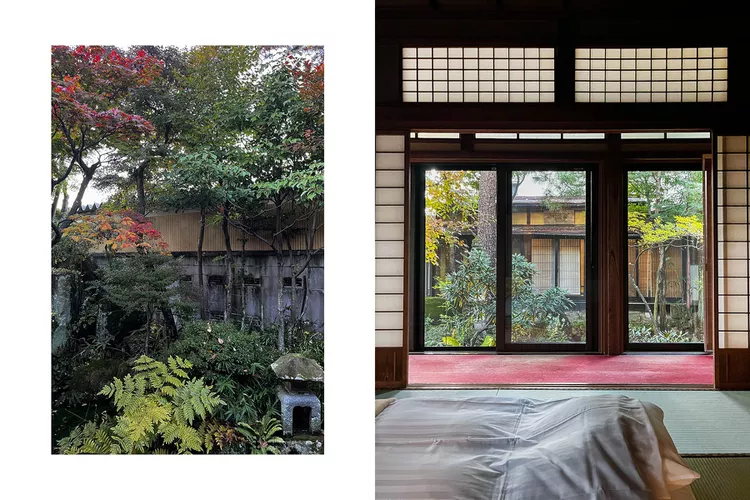
We spent most of our time here on a gastronomic adventure, trying various preparations for the region's renowned Hida beef. We ate croquettes from Sukeharu, beef sushi from Hida Kotte Ushi, and A5 skewers from Rokujyuban while in the old town. We enjoyed yakiniku at Hidagyu Maruaki, shabu-shabu (hot pot) at Suzuya, and popular Menya Shirakawa's Takayama-style ramen. Hoba miso, a regional dish in which beef and vegetables are combined with miso paste and cooked on a dry magnolia leaf over a charcoal grill, was also enjoyed. In addition to eating our way through the city, we also had the opportunity to visit two-morning markets and Hida no Sato. This outdoor museum showcases more than 30 traditional homes brought in from various Hida regions. The managing priest of Temple Hotel Zenkoji guided us through the Heart Sutra and a brief overview of Buddhism during the morning prayer session, which was one of the highlights.
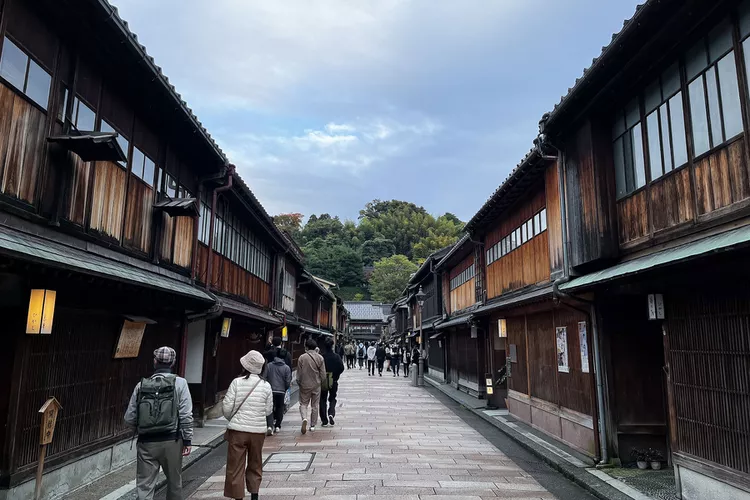
We then traveled to Kanazawa, the Ishikawa Prefecture's capital. Since most of the hotels were fully booked, we opted for a rental close to Omicho Market. The vast indoor complex is crammed with vendors offering seafood and fresh produce, the latter of which is a specialty of the city due to its proximity to the sea. We sampled a range of specialties like horsehair crab, eel, scallops, and palm-sized oysters with dozens of other tourists. Days were spent exploring the neighborhood on foot. We visited Nagamachi, a charmingly preserved samurai quarter, and Higashi Chaya, a geisha district studded with dessert stores, where we picked up some soft serve at Kieran. We had intended to go to the 21st Century Museum of Contemporary Art, but the Armchair Travel festival going on nearby diverted us. We were unaware of this two-day event when we scheduled our trip to Kanazawa, where traders across Japan display their wares. We spent most of our last afternoon here, nearly 40 stalls distributed across two areas, before returning to our apartment to get ready for an early train to Kyoto.
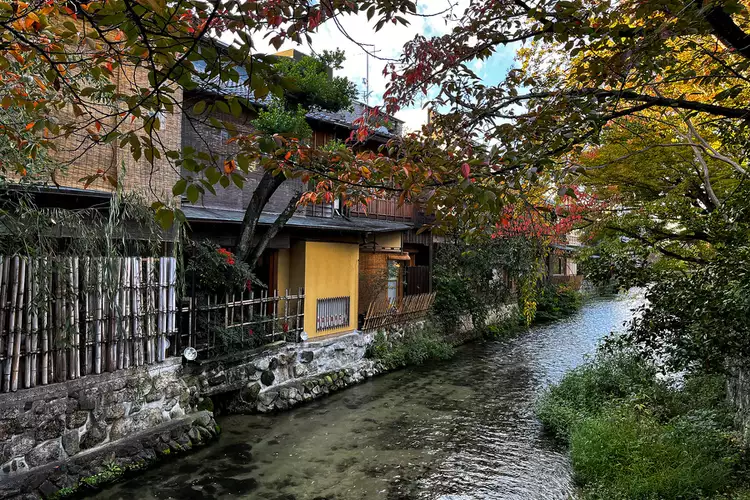
I was taken aback when we entered the Shinmonzen, a brand-new hotel in Kyoto that debuted in April. It's hidden behind black Noren curtains with a calligraphic white S that gives the area the impression that it's for savvy tourists only, and it's located on a quiet street in Kyoto's famed Gion neighborhood. Surprisingly, the machine-style building is brand-new and was created by renowned Japanese architect Tadao Ando, despite blending in with the nearby old architecture. Nine spacious, individually created suites make up the opulent boutique hotel decorated with art. We slept at Kinu, which had a balcony with views of the Shirakawa River, a Japanese-style bedroom with tatami mat floors and Iwata futons covered in 500-thread-count Pedersoli sheets, and a Hinoki cypress tub that was already filled every evening when we got back to our accommodations. A Dyson hair dryer, Marvis dentistry kits, and Nerolila Botanica skincare products were among the abundant pleasures. Along with a welcome bottle of rosé from Villa La Coste, the Shinmonzen's sister property in Provence, each room also comes with a gourmet minibar packed with regional goods.
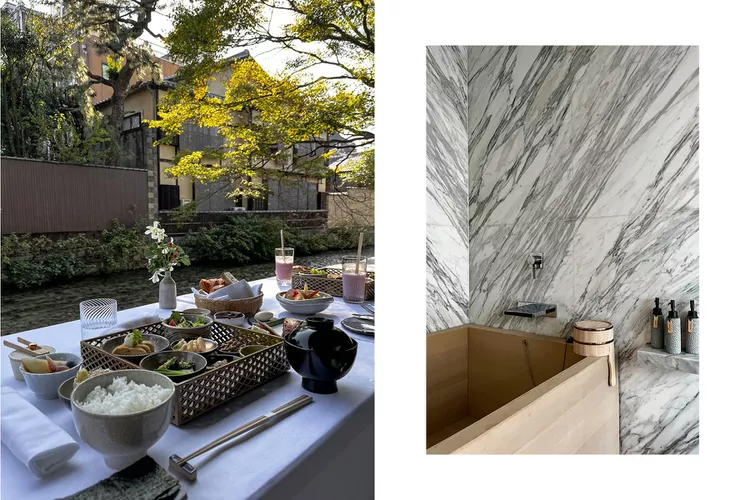
I was reluctant to leave my spotless accommodations, but Kyoto called. Popular locations, including Hanamikoji-Dori, Ninenzaka, Pontocho Alley, and Nishiki Market, were close because of the Shinmonzen's excellent location. We strolled around in the afternoons while chowing down on ramen and udon noodles for every meal. We hiked through the torii gates at the Shinto shrine Fushimi Inari Taisha on our last day.
I can't help but get fonder of Japan as our stay here draws closer. It has been weird finally getting back to my favorite place after impatiently waiting for the borders to reopen. Although I can only imagine how busy Japan will be the following year, my longing to discover every inch of this beautiful country has been rekindled, and I'm already organizing another trip.

